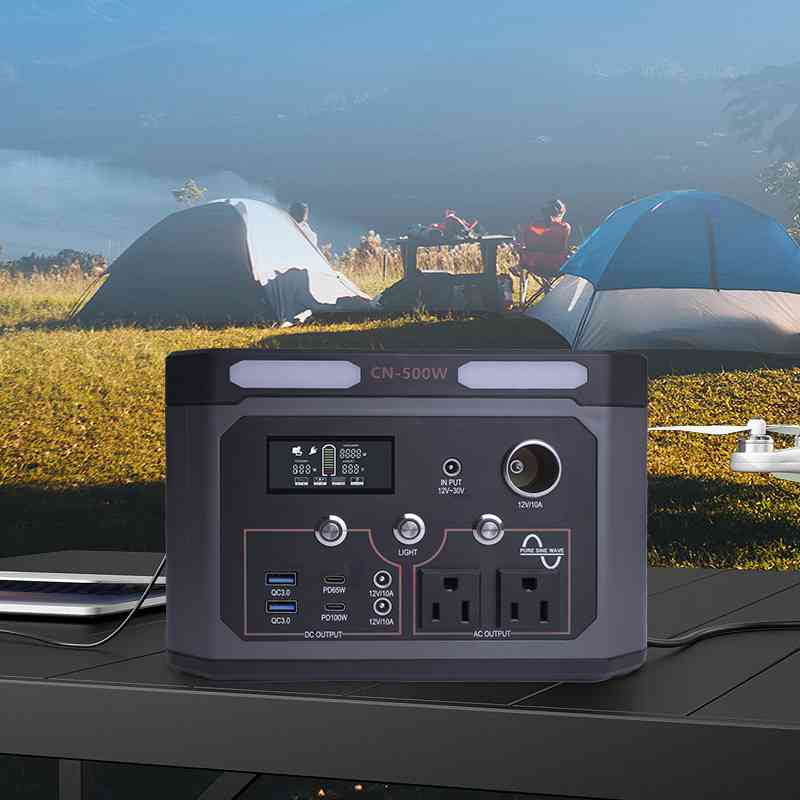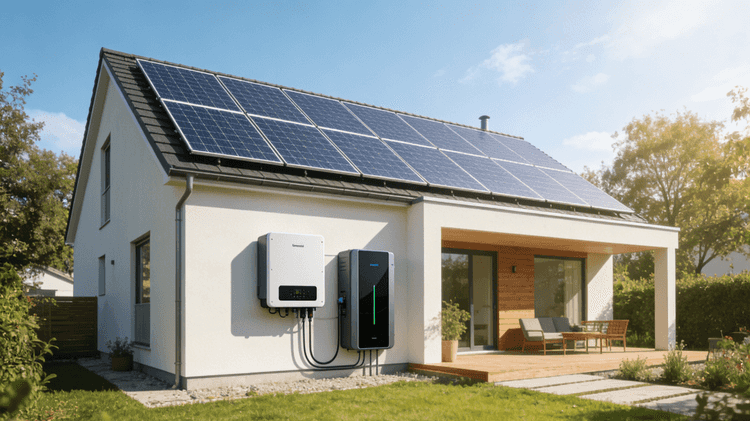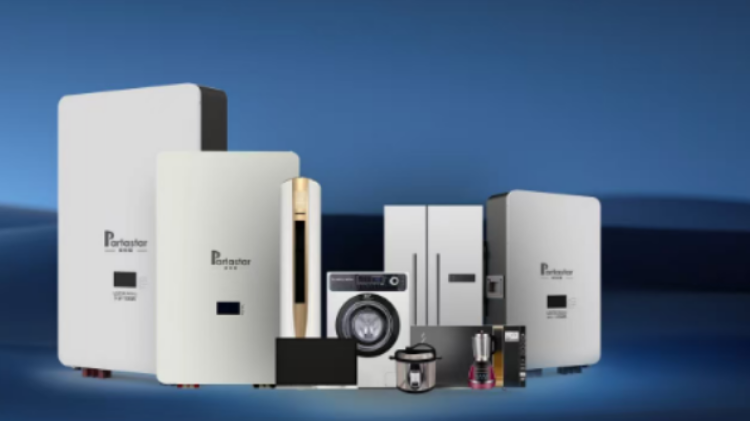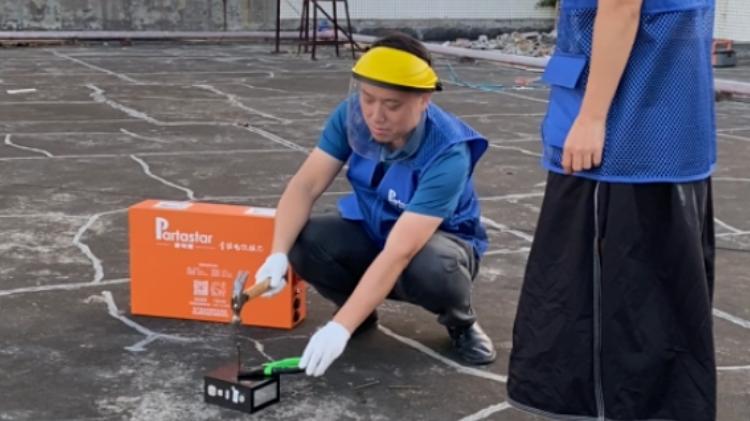1. How long is the service life of portable battery power station?
The portable battery power station is an outdoor multi-functional power supply with a built-in lithium-ion battery and its own energy storage, also known as a portable AC or DC power supply. The portable battery power station is equivalent to a small portable charging station, which has the characteristics of light weight, high capacity, high power, long life and strong stability. So how long is the lifespan of portable battery power station? How many years can it be used?
The number of cycles is the unit used to represent the life of the portable battery power station, charging + discharging counts as one cycle. At present, the life of lithium batteries is still usable after 1500-2000 cycles, and the capacity is still greater than 80% of the initial capacity. At the same time, with the continuous development and progress of lithium battery technology, the cycle life of lithium batteries will be longer.
For example, the life of a portable battery power station is 1000 times, which means that when the power supply is charged from 0% to 100% and then discharged to 0%, there are about 1000 such cycles. If the portable battery power station is used once a week, the estimated service life is about 19 years. (1000 times ÷ 48 times a year = about 20 years). If used on a workday cycle, the estimated lifespan is approximately 4 years. (Use 1000 times a year ÷ 240 times a year = about 4 years)

2. How to prolong the life of portable battery power station
1. Shallow charge and shallow discharge
Shallow charge and shallow discharge means that the charge is not fully charged and the discharge is not completed. It often acts on the portable battery power station where the lithium battery is used as the inner core of the battery. The purpose of shallow charge and shallow discharge is to make the battery use as much as possible in a normal environment. Prevent overcharge and overdischarge from causing some abnormal fluctuations in the single cells, which will cause the final battery pack to fail to work. Therefore, shallow charging and shallow discharge is a theoretically supported method of using lithium-ion batteries. And judging from the characteristics of lithium batteries, shallow charging and shallow discharge are more in line with the normal use of lithium batteries.
2. Moderate charge and discharge during idle period
Normal energy storage devices will have a certain amount of consumption even when they are not in use, so in order to maintain the vitality of the battery, it needs to be charged and discharged moderately after being idle for about 3 or 6 months to stimulate the normal operation of the battery. The opposite of moderate charge and discharge is overcharge and overdischarge. Overcharge and overdischarge will also lead to battery loss, and the working efficiency of the battery will also decrease.
3. Original charger for charging
Charging with the original charger is a very important common-sense issue. Matching chargers can make charging more efficient and will not affect the power load of the battery.
4. Do not overheat
Under normal circumstances, the operating temperature of the battery is limited, and the temperature that is too low or too high will cause the battery to stop working. Conversely, the larger the operating temperature range of the battery, the better the quality of the battery and the more prominent its technical capability.
5. Pay attention to waterproof and moisture-proof
Most portable battery power stations have cooling vents, so they are not completely waterproof. If water or rain enters the interior through the cooling vent, it is easy to cause damage to the battery. Therefore, a good portable battery power station will be equipped with a waterproof and moisture-proof power pack of good quality, which is convenient for storage and also has a convenient portability function.



